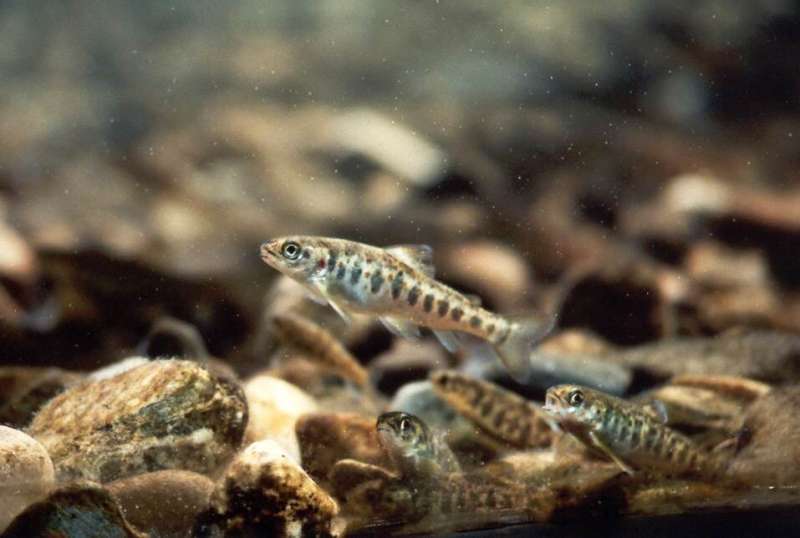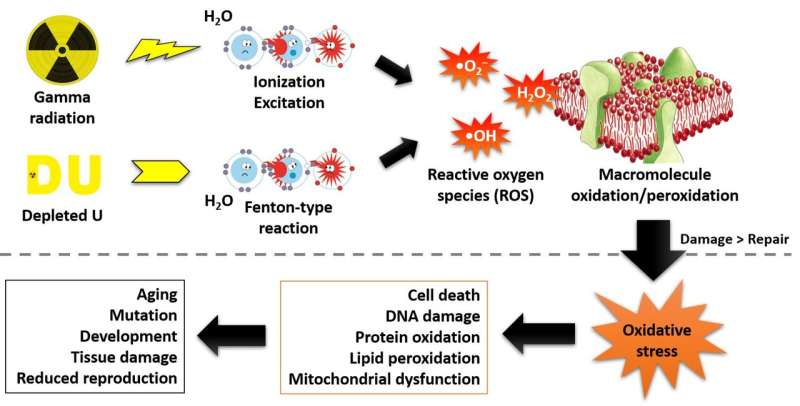It is all in the genes: Decoding the effects of multiple stressors

As the number of new chemicals used in industry, food and consumer products is constantly increasing, so is the chemical release to the environment, and the need to understand the adverse effects of chemical mixtures becomes increasingly urgent. In addition, chemicals may act in combination with non-chemical stressors (e.g., radiation, temperature, pH etc.) to produce unexpected multiple stressor effects. Even though the concentration or dose of each single stressor may be low in the environment, the potential for harmful effects from the mixture of stressors has worried researchers for years. No one has yet been fully able to predict the effects of multiple stressors; but a new concept and approach developed by researchers at the Norwegian Institute for Water Research (NIVA) is probably one step in the right direction.
"Understanding how stressors at low concentrations or doses interact with each other, and how the interaction affects an organism, has been a huge challenge. As an initial step to answer to this, we developed an approach to unravel the stressor interactions at the molecular level," researcher You Song at NIVA says.
The approach was developed by Song and colleagues from NIVA, the Norwegian University of Life Sciences and Ghent University. In addition to this new approach, the research team also proposed a novel workflow to maximally utilize high-content (HC) genomic data for understanding the cocktail effects of environmental stressors:
"The new approach will make it easier to reveal potential interactions between the stressors. Such information is crucial for cumulative hazard assessment of chemicals and non-chemical stressors, which is the basis for cumulative risk assessment and regulatory decision making," Song explains.
Linking exposure to genes and biological functions
For their study, Song and colleagues exposed Atlantic salmon to gamma radiation and depleted uranium, and they investigated the effects on gene expression in the fish liver. They found that more than 3000 genes were differentially expressed in the exposed fish and were able to link some of the differently expressed genes to certain biological functions like oxidative stress response, DNA damage, carcinogenesis and other toxicity pathways.

- We obtained some interesting findings when we investigated the gene expression. For example, for some genes, the combination of gamma radiation and uranium exposure lead to synergized gene expression changes, even though the two exposures individually did not lead to significant change of the same gene, Song explains.
"Findings like this—and all the other data achieved from gene expression analysis—are puzzle pieces that we can use to get a better understanding of the mechanism behind how stressors, and the interaction between stressors, potentially lead to certain adverse effects," says Knut Erik Tollefsen, senior research scientist at NIVA.
From molecules to population
Despite promising results, the method developed by Song and colleagues can still only be used to interpret toxic effects at the molecular level. But Song believes that better approaches for extrapolation between the genomic and organismal effects will be further developed in the near future, so that it can be used to predict the multiple stressor effects also at the organismal or population level.
"There is a requirement for less animal testing in the future. Use of alternative approaches such as toxicogenomics, in vitro high-throughput screening (HTS) and computational prediction models show promises to meet this requirement," You Song concludes.
More information: You Song et al. Deciphering the Combined Effects of Environmental Stressors on Gene Transcription: A Conceptual Approach, Environmental Science & Technology (2018). DOI: 10.1021/acs.est.8b00749
Journal information: Environmental Science & Technology
Provided by Norwegian Institute for Water Research (NIVA)




















